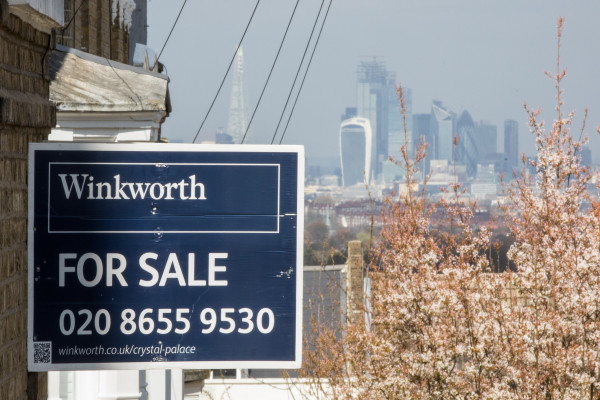It is quite clear that there is a growing demand for housing, not just privately rented, but of all tenures.
The ongoing legislation in the private rented sector with still more proposed changes to come, together with the impact of the section 24 tax changes, stamp duty on a second property, and the proposition of ‘making tax digital’ all adds to disincentivise landlords to continue to invest in housing.
Our research shows letting agents have seen peak numbers of prospective tenants registering per member branch, with demand for rental property growing by 57 per cent since 2018.
This is a worrying picture as over the same time period, there was no growth in the size of the private rented sector.
Over 2022, rent increases were the norm in many areas of the UK. The percentage of Propertymark member agents seeing rent rises in their areas increased dramatically over the past five years as pressure continues to rise on the sector to house around 13mn people in the UK.
A big part of this lack of growth in available properties in the private rented market across the UK are the financial implications and barriers that come with purchasing a second property.
What we need to remember is that the majority of landlords only own one property and are not lining their pockets with cash, more like just managing to keep afloat with rising costs like everyone else.
A chief reason for landlords exiting the market across the UK is because of section 24 of George Osborne’s financial act introduced in 2015. This saw the phasing out of mortgage interest relief and other tax-deductible costs such as arrangement fees.
The long-term effects of these changes have significantly increased costs for landlords and prevented others from entering the market.
In fact, the English Housing Survey shows that in 2018 there were 4.8mn homes in the private rented sector, with the most recent figure from 2021 showing just 4.3mn – a loss of 500,000 homes.

The increasing costs from rising interest rates have led to investors being forced to increase rents in order to break even.
Section 24 pushes higher tax on landlords and increases their outgoing costs, resulting in higher rents.
Many landlords have actively tried to keep rents as low as possible for as long as possible, however, for some, the increasing costs from rising interest rates have led to investors being forced to increase rents in order to break even.
Indeed, an unintended consequence is for the unsuspecting landlord who is a 20 per cent taxpayer. Combining their salary with the gross rental income can push the overall gross income into the higher rate tax bracket.











